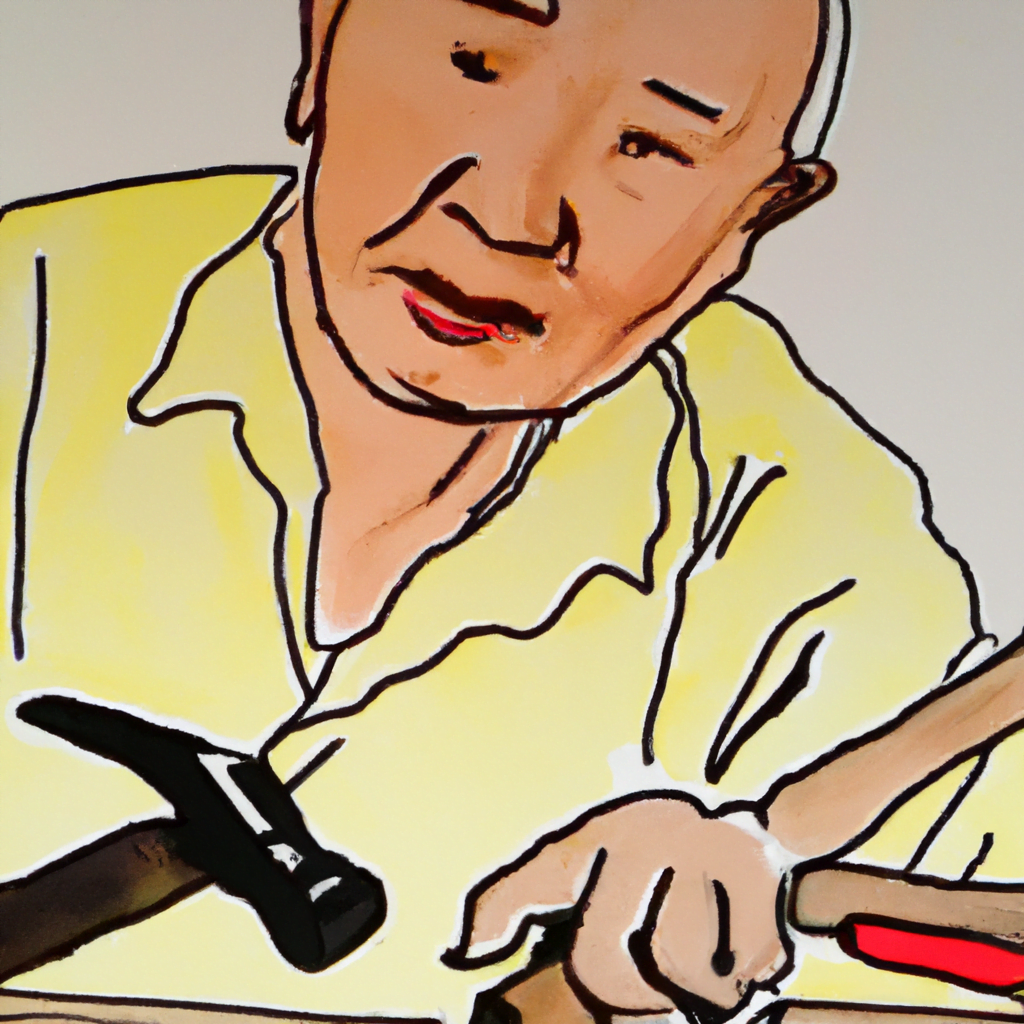The Art of Digital Painting: Techniques and Tools for Illustrators
With the advancement of technology, the world of art has undergone a significant transformation. Digital painting has emerged as a popular medium for illustrators, offering a wide range of techniques and tools that were once unimaginable. In this article, we will explore the art of digital painting, its techniques, and the tools that have revolutionized the way illustrators create their masterpieces.
Understanding Digital Painting
Digital painting is the process of creating artwork using digital tools such as a computer, graphics tablet, and specialized software. It allows artists to simulate traditional painting techniques while taking advantage of the digital medium’s unique capabilities. Digital painting offers a wide range of possibilities, from realistic renderings to abstract creations, making it a versatile medium for illustrators.
Techniques in Digital Painting
1. Layering: One of the fundamental techniques in digital painting is layering. Layers allow artists to work on different elements of their artwork separately, making it easier to make changes and adjustments. For example, an illustrator can create separate layers for the background, characters, and details, allowing them to modify each element without affecting the rest of the artwork.
2. Brushwork: Digital painting software provides a vast array of brushes that mimic traditional painting tools such as pencils, brushes, and airbrushes. Artists can choose from various brush sizes, textures, and opacities to achieve the desired effect. The ability to customize brushes further enhances the artist’s creative freedom.
3. Blending: Blending is a technique used to create smooth transitions between colors and tones. Digital painting software offers blending modes that allow artists to mix colors seamlessly. This technique is particularly useful for creating realistic textures and gradients.
4. Texturing: Digital painting software provides a range of tools and brushes that allow artists to add texture to their artwork. Whether it’s simulating the roughness of a canvas or adding intricate details to a character’s skin, texturing techniques can bring depth and realism to digital paintings.
5. Lighting and Shading: Lighting and shading play a crucial role in creating depth and dimension in digital paintings. Artists can use various techniques, such as adding highlights and shadows, to create realistic lighting effects. Digital painting software often provides tools that make it easier to manipulate light sources and control the intensity and direction of light.
Tools for Digital Painting
1. Graphics Tablet: A graphics tablet, also known as a drawing tablet, is an essential tool for digital painters. It consists of a flat surface and a stylus that allows artists to draw directly on the tablet. Graphics tablets offer pressure sensitivity, allowing artists to control the thickness and opacity of their brush strokes based on the pressure applied.
2. Digital Painting Software: There are several digital painting software options available, each with its unique features and capabilities. Some popular choices among illustrators include Adobe Photoshop, Corel Painter, and Procreate. These software packages provide a wide range of tools and brushes specifically designed for digital painting.
3. High-Quality Monitor: A high-quality monitor is crucial for digital painters to accurately represent colors and details. Monitors with a wide color gamut and high resolution ensure that the artwork appears as intended. Calibrating the monitor regularly is essential to maintain color accuracy.
4. Graphics Processing Unit (GPU): A powerful GPU is essential for handling the complex calculations required for digital painting. It ensures smooth brush strokes, quick rendering, and the ability to work with large file sizes without lag. Investing in a high-performance GPU can significantly enhance the digital painting experience.
Case Studies: Digital Painting in Practice
1. “The Last of Us” by Naughty Dog: The critically acclaimed video game “The Last of Us” features stunning digital paintings that bring the post-apocalyptic world to life. The artists at Naughty Dog used a combination of digital painting techniques and 3D modeling to create realistic environments and characters that captivate players.
2. “The Arrival” by Shaun Tan: “The Arrival” is a graphic novel by Shaun Tan that tells the story of a migrant’s journey through a series of beautifully illustrated panels. Tan used digital painting techniques to create intricate and detailed artwork that captures the emotions and experiences of the characters.
The Impact of Digital Painting
The rise of digital painting has had a profound impact on the world of illustration. Here are some key ways in which digital painting has revolutionized the industry:
- Accessibility: Digital painting has made art more accessible to aspiring artists. The cost of traditional art supplies can be prohibitive, but digital painting requires only a one-time investment in hardware and software.
- Efficiency: Digital painting allows artists to work more efficiently. The ability to undo mistakes, experiment with different techniques, and make changes easily saves time and resources.
- Collaboration: Digital painting has made collaboration between artists easier than ever. Artists can work on the same artwork simultaneously, share files instantly, and provide feedback in real-time.
- Flexibility: Digital painting offers unparalleled flexibility. Artists can work from anywhere, carry their entire portfolio on a single device, and easily make adjustments to their artwork even after it’s completed.
Conclusion
Digital painting has opened up a world of possibilities for illustrators, providing them with a wide range of techniques and tools to bring their imagination to life. From layering and brushwork to blending and texturing, digital painting techniques offer endless creative opportunities. With the right tools, such as a graphics tablet and digital painting software, artists can create stunning artwork that rivals traditional painting. The impact of digital painting on the industry is undeniable, making art more accessible, efficient, and collaborative. As technology continues to advance, the art of digital painting will only continue to evolve, pushing the boundaries of creativity even further.
